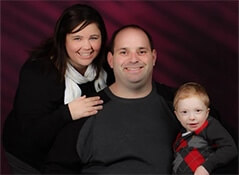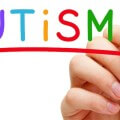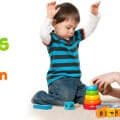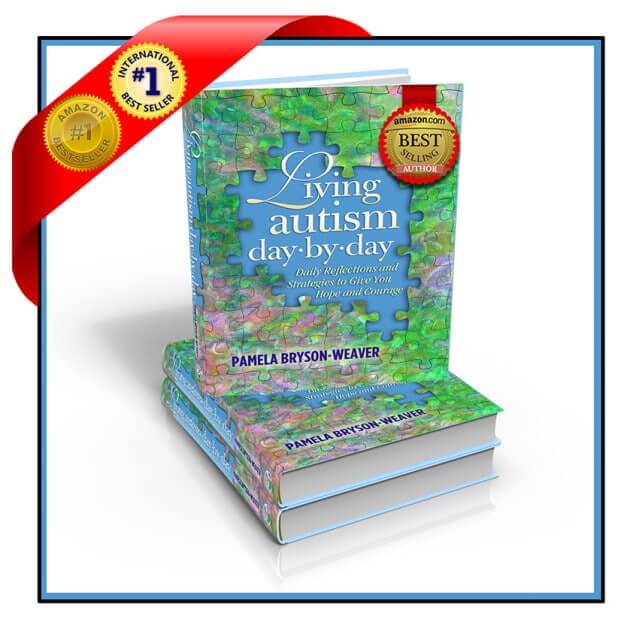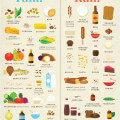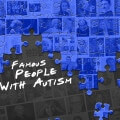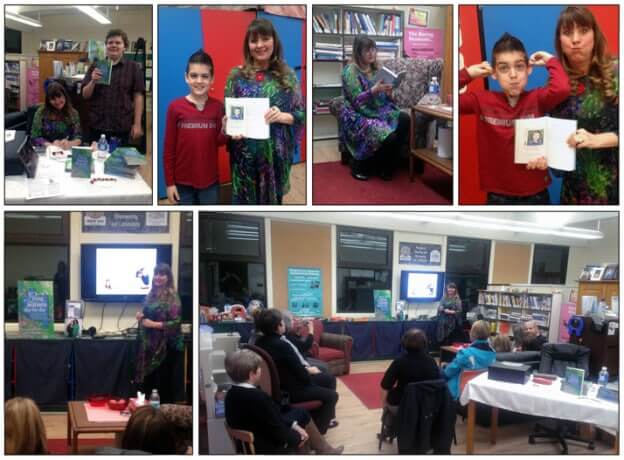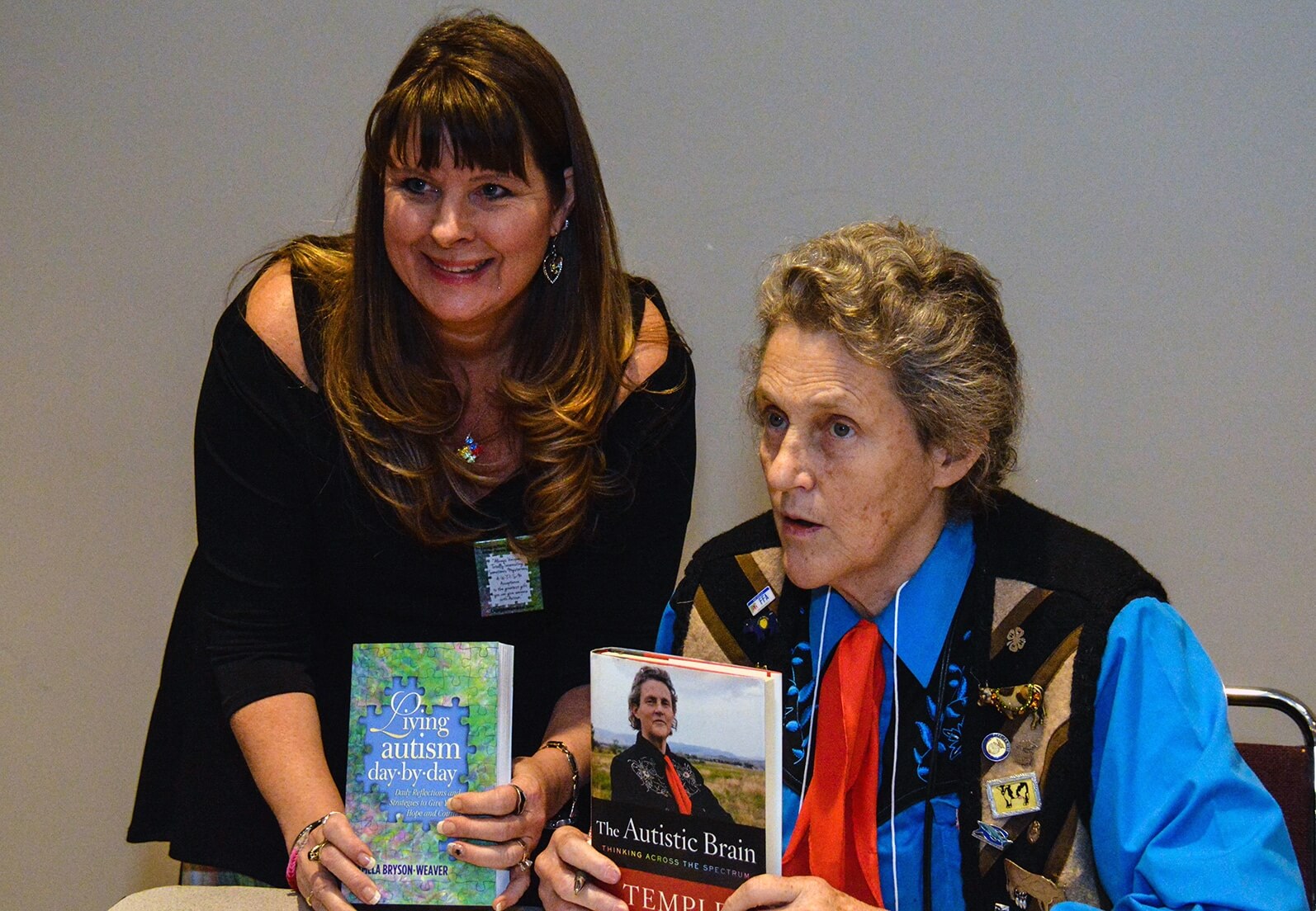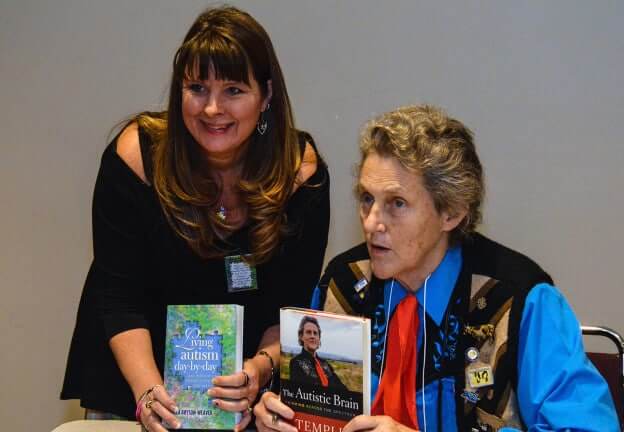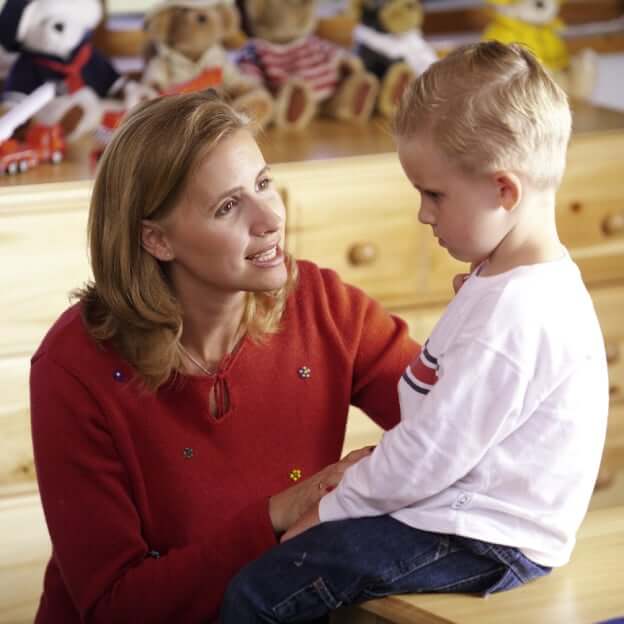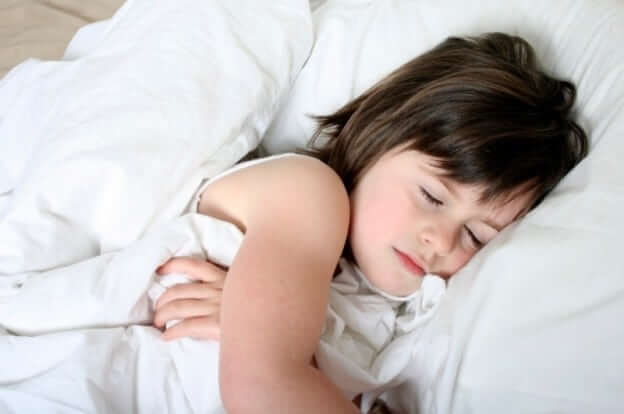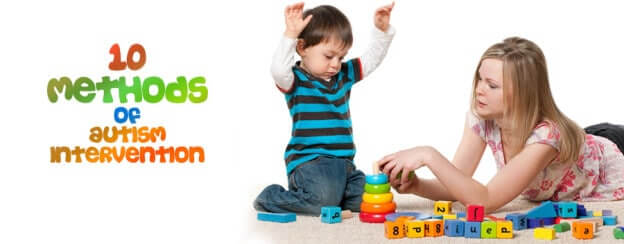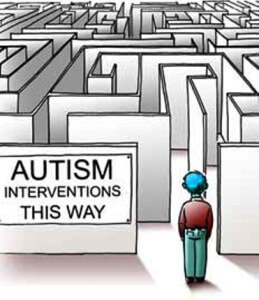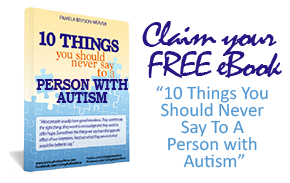There is no boring day to parents with autism kids. The worst days, however, are those that involve a meltdown. Now, that’s what you call a nightmare! One moment your child is perfectly settled on his routine and the next minute, he turns into a Godzilla with no one to block his path. The scary part is that, you have no idea what upsets him or what triggered the reaction.
Not to be confused for temper tantrums, meltdowns can easily turn from bad to worse when parents do not know what to do or how to deal with it. This could be tough to a first-time parent. Thus, equipping oneself with the necessary preparation for that eventual meltdown will help prevent unnecessary circumstances inimical to the welfare of the child and the people surrounding him.
Dissecting Likely Causes
Not to be mistaken for a temper tantrum, children with autism when facing a meltdown can be much tougher to handle. One of most likely causes is sensory, information, and emotional overload. Take note of the word: OVERLOAD. Kids with ASD can only take so much and all things in excess can push their panic button. This overly sensitive characteristics usually trigger their brain to be overwhelmed resulting in panic. Another common cause is sudden changes. Living in the spectrum often makes children live a life filled with routines. They love basking in a life that is filled with predictability. Sudden changes in their environment or in their expectations can easily jolt and tear them apart. Some parents also mentioned that fatigue is another likely cause in some children’s meltdown. As the brain cannot process fatigue or its consequences, this can be intensely frustrating leading to turmoil deep in their core.
Preventing and Managing Meltdowns
As meltdowns can come and go freely to any child with autism, it is imperative for parents to proactively learn how to handle and manage such before it even manifests in actuality. You can discuss management techniques with your paediatrician, caregiver, SpEd teacher, or counselor to give you handy information on how to best approach when this occurs. Be sensitive to their needs. Many said that parents to kids with autism need special powers to know when and what causes a meltdown. Paying special attention to your child won’t hurt. Keeping a timetable and be always on the close guard on what makes them comfortable/uncomfortable to prevent frustration leading to panic.
It is also important to set boundaries with your child. In the same way as toddlers, children living on the spectrum often have meltdowns because they can’t have their own way. If you believe the answer is a “no”, be firm and stand by it. You can choose to ignore it, redirect him to another activity, or infuse discipline by way of simple “punishments” like timeouts or withholding of special treats. Most kids living on the spectrum have high intelligence level. They do understand more than you expect them to be.
Some children, however, are prone to hurting themselves or those around them. Learn the proper way to restrain them and make sure to eliminate possible hazards in your home. You might be surprised how strong or violent these little kids can be up until you have a blackened eye or a bruised leg. For their safety and yours, learn how to address possible hazards ahead of time.

